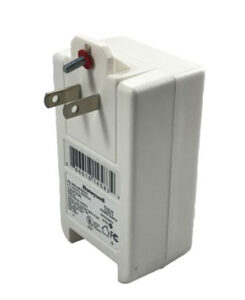Tag Archives: alarm system
Understanding DIY Home Security Systems – Part 1
Thinking about installing your own Home Security System with maybe Home Automation as well? With [...]
28
Mar
Mar
NOTE: Not Affiliated with SafeHomeSECURITY.com
NOTE: Not Affiliated with SafeHomeSECURITY.com
Thinking about installing your own Home Security System with maybe Home Automation as well? With [...]


